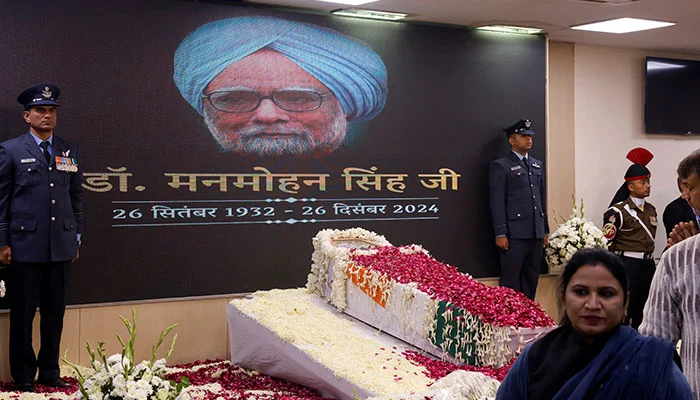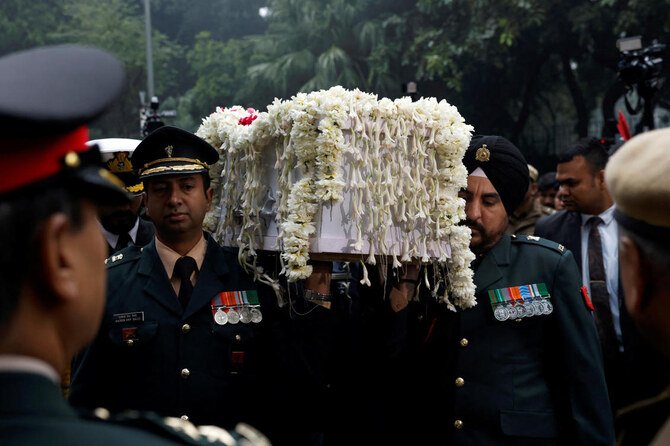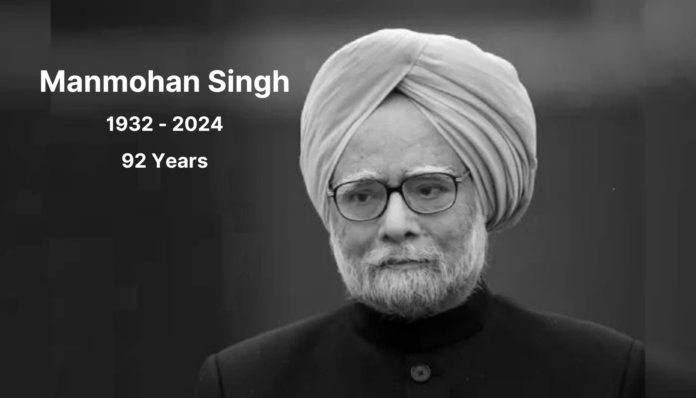Manmohan Singh: The Last Indian Prime Minister Born in Present-Day Pakistan

The last rites of former Indian Prime Minister Manmohan Singh were held at the Nigambodh Ghat crematorium in Delhi, but the echoes of mourning resonated across the border in Pakistan. Singh stood as the last leader of India to be born in what is now Pakistan. The scars of Partition marked his life and family, yet when the moment arose, he chose to advocate for peace with Pakistan, understanding that it was also in India’s best interest. After the Partition, Singh never returned to Pakistan. Former Foreign Secretary Aizaz Chaudhry remarked, “Manmohan Singh was a soft-spoken Indian leader whose vision transformed the Indian economy. He genuinely desired peace with Pakistan,” highlighting the leader’s enduring commitment to reconciliation.
Although Manmohan Singh served as India’s Prime Minister, his roots trace back to the small village of Gah in Chakwal, Punjab, Pakistan, where he was born in September 1932. After completing his early education in Chakwal, he moved to Punjab University in Lahore for further studies. Following the Partition, Singh was among those forced to leave their homes and migrate to India, but his affection for Jhelum and Chakwal remained steadfast.
In her book ‘Strictly Private,’ his daughter Daman Singh recounted a poignant moment when he expressed reluctance to return to Gah, citing the tragic loss of his grandfather there. Although he never revisited, in 2008, Singh invited childhood friends from Gah to India to relive fond memories. Even years later, his name was still recorded in his school’s registers, a gesture that became a cherished gift when he assumed the role of Prime Minister.
Gah remained relatively obscure until 2004, when Singh’s ascension to Prime Minister brought attention to his birthplace from both sides of the border. Notably, Shivshankar Menon, an influential Indian intellectual and former diplomat who worked closely with Singh, revealed in a recent article on Singh’s legacy, “When I mentioned the emotional pleas from Pakistanis in Gah for a visit, what he shared about his family’s experiences during Partition horrified me. Yet, he firmly believed seeking peace was in India’s interest, regardless of emotions.” Menon’s reflections align with Aizaz Chaudhry’s thoughts, underscoring Singh’s authentic commitment to fostering peace.
During his tenure, Singh openly expressed a desire to visit Gah alongside Shahid Malik, the then Pakistani high commissioner. Unfortunately, this visit was postponed in early 2008, a time when Indo-Pak peace talks were making headway with a four-point agreement reached with General Musharraf. Senator Mushahid Hussain Syed recounted a memorable exchange from a 2006 meeting with Singh, where encouragement in Punjabi led to Singh’s light-hearted response, “Tusi mainu marwa na daina” (don’t make me get in trouble).

Hussain noted, “Dr. Manmohan Singh was a brilliant economist who consulted Pakistan for advice on economic liberalization in 1992. I met him twice—first in New Delhi in 2006 and earlier in 2005 in New York with President Musharraf at the UN. He was soft-spoken yet formidable.” Singh’s planned visit to Pakistan in May 2007 never materialized due to the Lawyers’ Movement, which stalled the agreement meant to be signed during that trip.
In the wake of rising tensions after the Mumbai attacks in 2008, India, under Singh’s leadership, chose dialogue over confrontation, emphasizing his commitment to peace. Serving as the head of the Reserve Bank of India from 1982 to 1985 and as finance minister from 1991 to 1996, Singh set India on a path to becoming one of South Asia’s fastest-growing economies. From 2004 to 2014, his tenure as Prime Minister was marked not only by economic progress but by championing effective laws for public access to information.
In Gah, residents gathered at the home of Singh’s childhood friend, the late Raja Mohammad Ali, to mourn his passing. Senior journalist Nabeel Anwar Dhakku shared that villagers felt as though they had lost their community’s patriarch. When Singh was elected Prime Minister, celebrations erupted in Gah; villagers celebrated his re-election, but the atmosphere turned somber upon hearing the news of his death.
Manmohan Singh may have been the last Indian leader born in Pakistan, and his passing dims hopes for a long-cherished dream of peace between the two nations. Though he departed from this world in Delhi, the sorrow felt in Chakwal speaks to the profound impact he had on both sides of the border.



